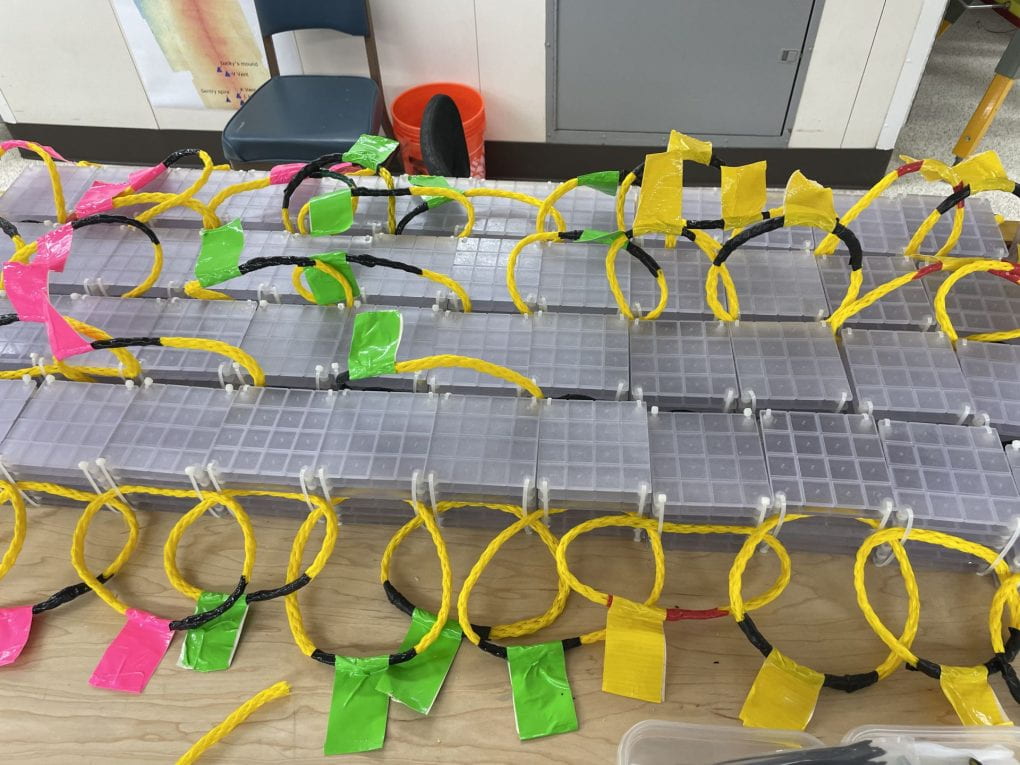The predictive nature of microbial biofilms for cuing larval settlement at deep-sea hydrothermal vents
Decades of research at hydrothermal vents have shown that larvae of endemic vent animals disperse effectively between vents, yet we don’t know how they complete the journey by locating and settling in suitable habitat. This question remains one of the key unresolved puzzles in the ecology of deep-sea hydrothermal vents. We suggest that microbial biofilms are a good signpost for larval settlement at vents because they integrate temporal variability in abiotic and biotic features of vent habitats. Hydrothermal vents are particularly tractable systems in which to study questions about the roles of biofilms in larval settlement because biofilms at vents are relatively low-complexity; vent animals are strictly dependent on vent microbes, often through symbiotic partnerships that have to be acquired after settlement; and variations in habitat types and geochemical gradients are present within the range of a common larval pool. Moreover, the time is ripe for tackling difficult-to-study questions about the biofilm cues for settlement at hydrothermal vents: decades of research on settlement in model organisms gives us good insight into biofilm cues; there is solid foundational understanding about colonization patterns at vents; we now have excellent tools to collect, identify, and culture vent larvae and microbes; it is increasingly common for experimental ecologists to use statistical modeling that allows for the flexibility in experimental design necessary at hydrothermal vents; and modern environmental “-omics” techniques are a good tool to characterize biologic cues produced by biofilms. To test our overarching hypothesis that microbial biofilms cue the larval settlement of vent animals, we will employ a field program of short-term settlement experiments combined with cutting-edge microbial “-omics” work, followed by shipboard settlement experiments that leverage our unique expertise in hydrothermal-vent larvae and microbial biofilm culture. This approach allows us to use our field experiments to statistically model the factors that best predict larval settlement in the field, then test those predictions with shipboard experiments that decouple covarying conditions.
This project aims to resolve fundamental questions remaining in the ecology of deep-sea hydrothermal vents and will transform our understanding of how vent communities persist. The proposed study will provide an unprecedented, quantitative look into the role of microbial biofilms in structuring larval settlement at hydrothermal vents, achieved only through the close collaboration of microbial and larval ecologists. This extensive characterization of putative larval settlement cues and their relationship to colonization success in heterogeneous vent habitat niches will contribute to a broader understanding of colonization success across diverse marine ecosystems. The data obtained from this study will provide fundamental information on vent colonization and patterning processes and will provide a better understanding of the role of chemosynthetic bacteria as mediators in the transfer of carbon and energy from the geothermal source to the higher trophic levels. This project is particularly timely as hydrothermal vent ecosystems are rapidly becoming targets of mining for precious metals; understanding the role that the initial settlement of larvae plays in the recovery and resilience of hydrothermal-vent ecosystems is critical to developing informed management plans for deep-sea mining.



